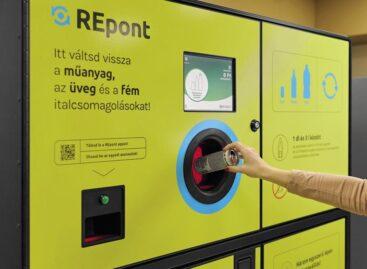Magazin: Global consumer trends in 2015
In January 2015 Euromonitor International’s webinar series was trying to find the answer to the question: How the combination of the ‘real world’ and online solutions influences shopping decisions?
1. Small shops increase their market share: small shops are increasing their market share in Central and Eastern Europe, Western Europe, the USA and South Africa. Parallel to this, the popularity of super- and hypermarkets is decreasing. Small shops’ conquest mainly takes place in big cities. In Hungary Spar fits into this trend with its franchise system. 2. Online retail keeps getting stronger: major retail chains make sure that home delivery is available in more and more places. Modern consumers prefer those products and services which make their life easier and save them time. For instance, gyms, wellness and beauty services are now available at airports or railway stations, because people want to waste no time. 3. Malls and shopping centres also serve as community spaces in the city centre: according to international consultant CBRE, 39 million square metres of mall space was built in 2014 major cities all over the world – 3 million square metres more than in 2013. These malls weren’t built in the suburbs, but in the city centre and are actually multifunctional community spaces. Modern malls basically satisfy all consumer needs, a good example of this is the horseshoe-shaped mall in the heart of Rotterdam, which is open 11 hours a day and has a 100-stall marketplace for fresh products, offices to rent, restaurants, play areas for children and cookery schools. 4. Advertising communication is based on conscious shopper behaviour: the conscious consumption trend prevails, and it is very important that – according to Forbes – those who have influence on consumption trends are just like the consumers themselves: modern shoppers read the product test of vloggers and bloggers with millions of followers. At the same time A-list celebrities can also be found in the advertising market. 5. The desire to share becomes important: the success of the Share a Coke campaign shows really well that modern consumers like to share products with the people they spend lots of time with. Professor of sociology Juliet Schor told in a New York Times article in August 2014 that Americans are discovering the culture of sharing with the help of technology – formerly they wanted everything for themselves, now community spaces, markets, offices and transportation are trendy. 6. We have to pay more attention to the new generation, who spend differently: those born between 1980 and 2005 (about 2.6 billon people between the ages of 14 and 34) part with their money less easily than the older generation. They grew up using free services – games, education, leisure, social media – and many of them live with their parents. They are less influenced by advertisements and for them quality is more important than brand loyalty.
Related news
4 in 10 shoppers say high costs prevent eco-friendly purchases
Only 15% are willing to pay extra for eco-friendly food…
Read more >Curly hair, skin care, and sun protection lead 2024 beauty trends
There is an increasing demand for products tailored to curly,…
Read more >Probiotics, botanicals to drive APAC’s health and wellness packaged food in 2024
They were dubbed as rising super ingredients. Probiotics and botanicals…
Read more >Related news
The Christmas season is starting earlier and earlier: value for money is the key
This year, 40 percent of Hungarians brought their Christmas shopping…
Read more >They want it to be premium, but also sustainable – expectations of the youngest generation
GlobalData’s latest report, “Demographics in Retail and Apparel” – which…
Read more >In six months, consumers donated 100 million forints to charitable causes through the mandatory redemption system
Through the deposit bottle return system, which began six months…
Read more >









